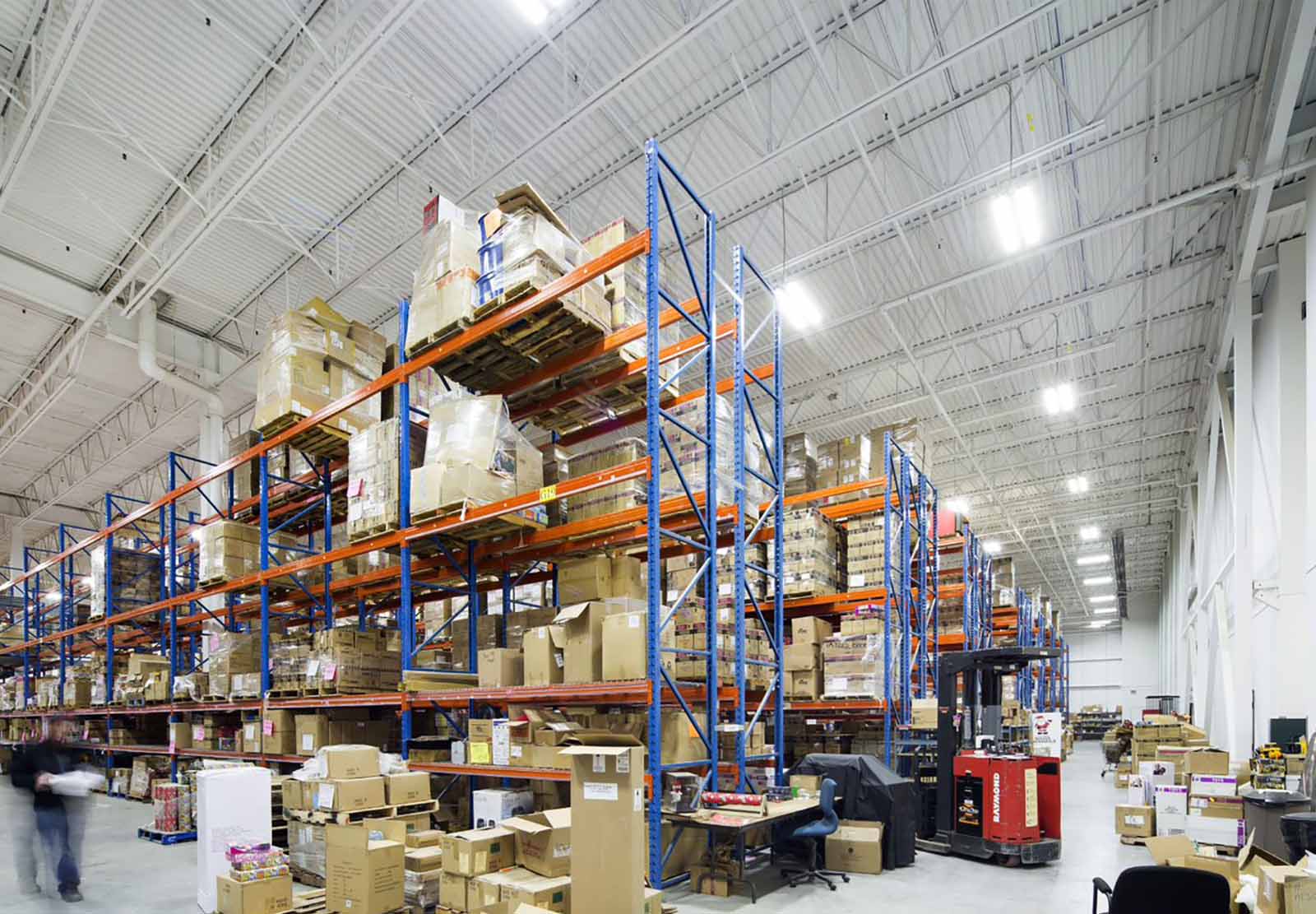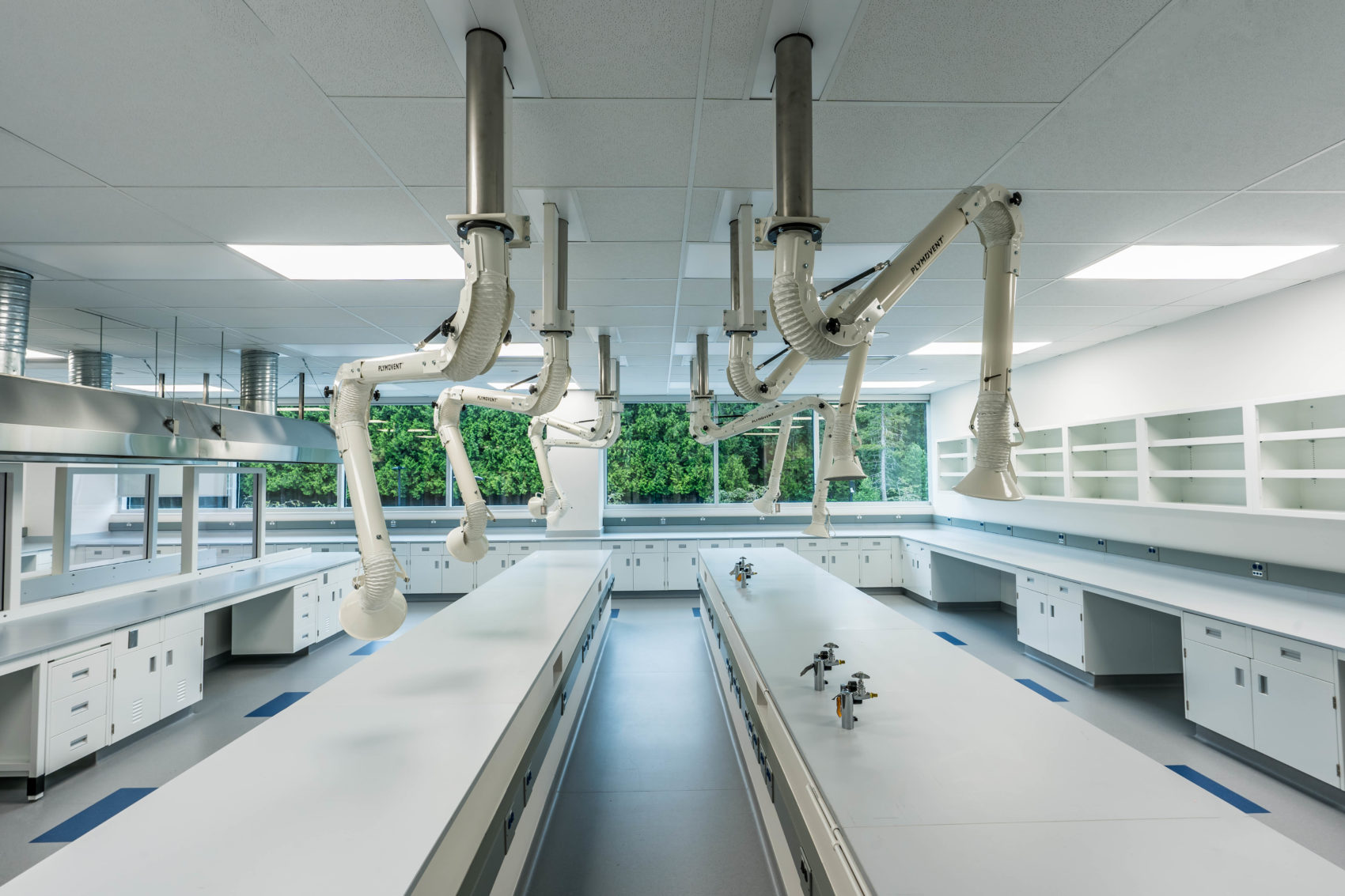ARTICLE
E-commerce is growing but industrial space availability is at an all-time low
Canadians like to shop online. Even prior to the COVID-19 pandemic, e-commerce was gaining traction. The pandemic significantly fast-tracked this growth; Canada Post reports that the average Canadian online shopper placed over 26 e-commerce orders this past year, representing a 60% increase since 2019. This momentum shows no signs of slowing down, with over 15% annual growth expected in the coming years.¹
Not only is e-commerce here to stay, as is the consumer demand for an expedient delivery window. Same-day and next-day delivery service has become the industry norm, presenting a significant logistics challenge. Referred to as the ‘Last Mile’, the product journey from its distribution hub to customer doorstep is the most complicated, costly, and time-consuming piece of the entire e-commerce supply chain transaction.
In tandem with this heightened online shopping activity, urban commercial vacancy rates have been uncharacteristically high in recent years thanks to the pandemic and an increase in remote and hybrid work models. Finding ways to repurpose these spaces has been top of mind for urban planners and the real estate development community. At the same time, availability for industrial real estate to meet these growing distribution-centre market demands is at an all-time low.²
In light of these societal shopping preferences, and the infrastructure required to support these changes, exists the opportunity to repurpose vacant spaces in dense urban centres as modern warehousing hubs through the use of advanced design thinking and technological innovation.
Retrofitting vacant urban spaces for complex and modern logistics centres
The business case for centrally locating these hubs is strong as the growth of Canadian downtown populations continues to outpace the growth of their broader cities. Urban centres also have a more direct access route to all quadrants of a city, and in some cities have a highly desirable proximity to seaports and rail, giving these outposts an even deeper supply chain advantage.
Strategically situating those distribution hubs that are responsible for the last leg of storage, retrieval, and distribution in dense urban centres makes logistical sense as it dramatically reduces delivery travel time. While the opportunity to transition existing smaller vacant urban buildings into functional supply chain outposts is attractive, it is not without its challenges.
Warehouse facilities traditionally have a substantial footprint with high ceilings and vast space for column spacing. Properties situated in city centres haven’t been designed for modern day warehousing and distribution requirements and they lack sufficient space and access points for loading bays and truck queuing. These area constraints can significantly hinder operations and erode profit margins.
The ‘Last Mile’ continues to be a make-or-break differentiator for organizations competing in the supply chain industry. 30% of e-commerce customers report being less likely to shop with a vendor following a late delivery. The key to overcoming Last Mile challenges lies in leveraging the right technological solutions to adjust to denser urban spaces.³
Modern challenges call for modern solutions. The best way to meet growing consumer e-commerce demand while addressing complex supply chain challenges is through an urban warehousing strategy.
Maximizing floor efficiency while reducing spatial requirements
An urban warehousing strategy is a comprehensive plan for developing and managing distribution facilities in a centralized, downtown environment. The goal of an urban warehousing strategy is to maximize the efficiency of the supply chain while minimizing the impact on the surrounding community. This is accomplished through the use of smaller outposts in prime locations and by leveraging technology.
Canada weathered global supply chain challenges during the pandemic fairly well, as discussed at the National Supply Chain Summit in early 2022. This is in no small part due to the innovation and solutions-oriented thinking of the private sector. One organization in particular, Attabotics, has a suite of automated solutions designed to solve the increasingly complex problems faced by warehouses and fulfillment centres.
Attabotics is a Calgary-based robotics company that specializes in inventory management and warehouse fulfillment. Drawing inspiration from the vertical storage model used by ant colonies, Attabotics has garnered extensive international attention for their disruptive industry approach to distribution centres. A true Canadian success story, Attabotics has raised $235 million CAD, including a $34 million grant from the Federal Government’s Strategic Investment Fund, during a time when it was difficult for start-ups to raise capital.
Partnering with Attabotics and integrating their automatic storage and retrieval solutions, has proven to support an 85% reduction in required warehouse space. The company’s innovative grid structures can be built up to nine meters high, optimizing the available vertical space in the warehouse, and are flexible and scalable.
“Attabotics builds up, with our vertical storage solutions, as opposed to the traditional row and aisle designs,” Attabotics’ Tom Edworthy describes. “Think of us like ‘condos in a warehouse’ – like we see with cities, if you densify housing, you don’t need to sprawl as much. Which means you can provide that same density but on a much smaller footprint.”
Not only do their vertical storage structures drastically reduce space requirements but coupled with advanced robotics shuttles that move horizontally and vertically to locate and retrieve stored goods, they have tremendous impacts on productivity and efficiency, reducing labour requirements by up to 75%.
“With traditional manual operations, significant employee time is spent travelling and then picking product. With our warehouse solutions, the robots bring the goods to them,” Edworthy explains. “We have seen instances where an operator working with our automated solutions can pick anywhere from 1.5 to 6 times faster than they could manually.”
Floor construction has evolved to support these automatic storage and retrieval solutions as these vertical systems require floor slabs with tighter tolerance that can withstand heavier loads.
Modern urban warehousing strategies leverage expert ‘design thinking’ and technological solutions, including robotics and other emerging innovations such as hybrid fleet management, to push the boundaries of where we locate distribution facilities.
Kasian is adopting these technological advances in robotics to develop a warehouse prototype that works in existing metropolis commercial and industrial buildings that are feasible to be adapted to new logistics centres.
Gaining that Last Mile competitive advantage
The industrial marketplace is changing in an exciting way. An urban warehousing strategy that leverages technology to reduce traditional spatial requirements is especially timely in this current environment when we are faced with double digit urban commercial vacancy rates. Kasian’s team of industrial design experts not only work with you to convert urban spaces appropriately and in line with zoning requirements, but also by partnering with leading technology solution providers to ensure maximum efficiency and return on investment.
By collaborating with cutting-edge disruptors, like Attabotics, we can design efficient buildings to keep up with consumer demand. Get in touch to discuss how we can assist with your next industrial design project.
Read Next
Article
Designing universal washrooms and locker rooms
By: Dean Benvenuto
Media
Sustainable design drives this RCMP National Forensics Laboratory
By: Clarence Nery
We’d love to get to know you
Get in touch
"*" indicates required fields
Get in touch
Share






